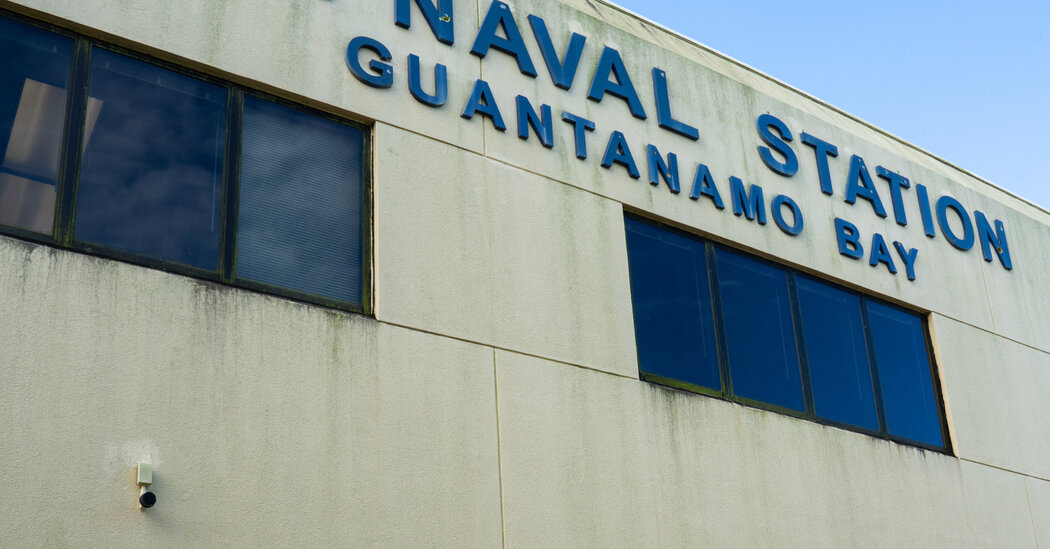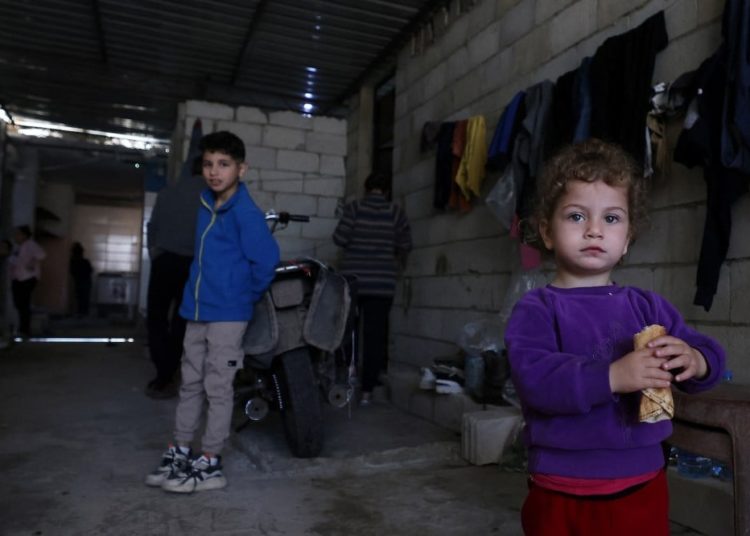About 3,000 residents remained at the U.S. Navy base at Guantánamo Bay in southeast Cuba on Monday, days ahead of the projected arrival of Hurricane Melissa on the island. Over the weekend, the military hired four charter flights and dispatched a C-17 cargo plane to the base to evacuate about 1,000 nonessential Defense Department workers and the relatives of military personnel and contractors who live on the base year round.
They were being housed in and around a U.S. Navy base in Pensacola, Fla., and had been told they might stay there for two weeks.
The Guantánamo base has hurricane shelters and emergency supplies, particularly for those housed in the trailer parks around the facility. Its other vulnerabilities include its infrastructure, which makes its own water and power. If those plants or supply lines are damaged, people will need to rely on generators and bottled water until repaired.
There are none of those iconic tents that were set up in January and February in anticipation of a wave of migrants facing deportation. That wave never materialized, and the tents were packed away months ago. Dozens of ICE agents and Homeland Security contractors were evacuated Friday, a week after the last migrants held at Guantánamo were deported to Central America.
A group of 15 wartime detainees, including five men accused of plotting the Sept. 11 attacks, were being housed in a two-story steel and cement prison building that past commanders have described as safe for them and their Army guards. When not on patrol at the prison compound, those guards live in a hurricane-proof barracks and have a hurricane-proof dining facility at a site not far from the coast called Camp America.
Carol Rosenberg reports on the wartime prison and court at Guantánamo Bay. She has been covering the topic since the first detainees were brought to the U.S. base in 2002.
The post 1,000 Nonessential Workers and Military Relatives Evacuated from Guantánamo Bay appeared first on New York Times.




